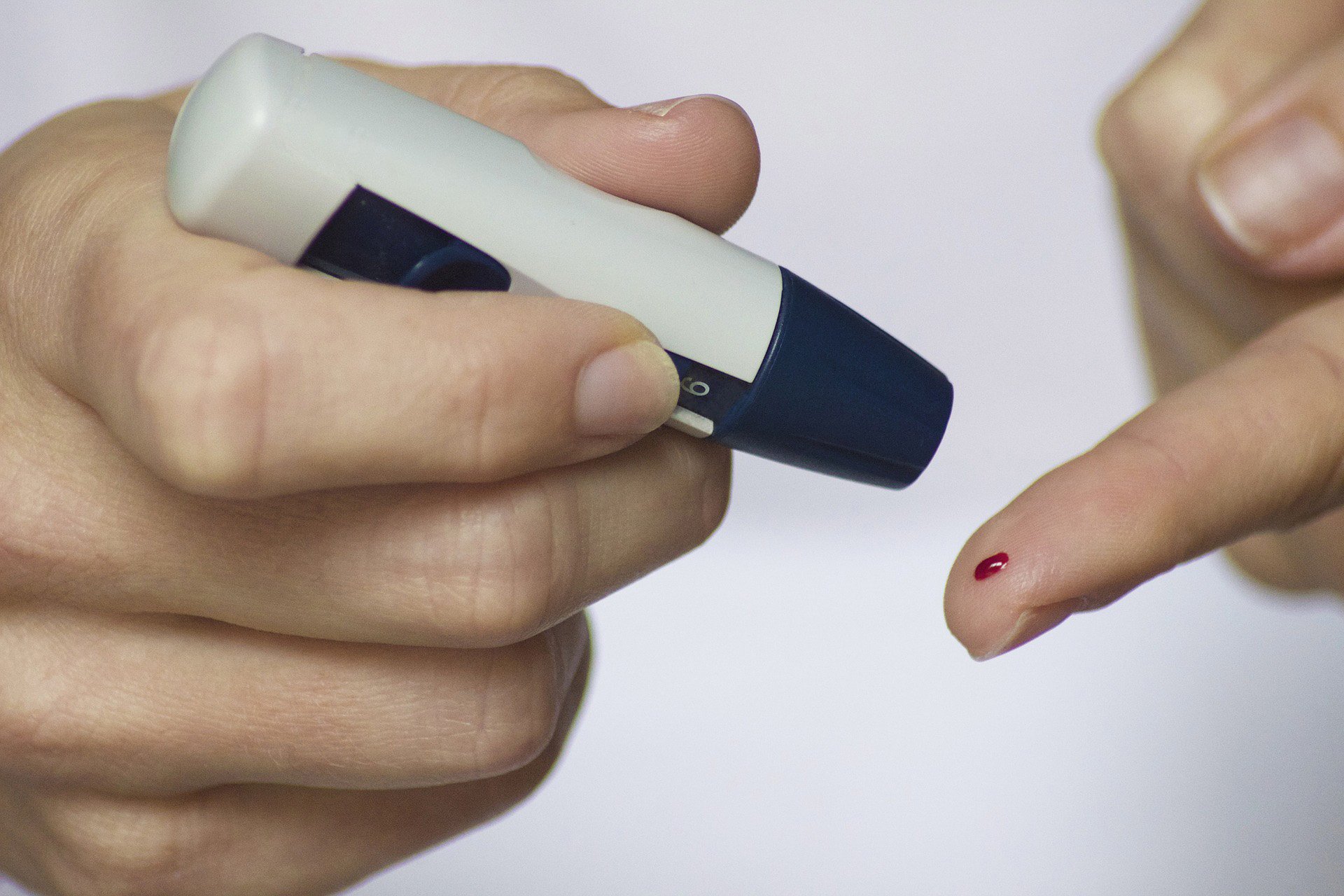Sore fingertips get in the way of so many daily activities! They make it harder to use a keyboard, play an instrument, pick things up, etc. Don’t let sore fingertips be a cause of not testing your blood glucose as often as you would like.
Sore fingertips do not have to be a consequence of checking finger stick blood glucose. There are some strategies that are helpful to prevent the soreness in the first place.
Tips for preventing soreness:
- Warm up your hands first
Placing your hands under warm running water for a minute or two will help increase the blood flow to your fingertips and make it easier to get a sample of blood. Washing your hands with soap and water before poking your finger is a good practice to get into. In the past, alcohol wipes were recommended for use to clean the fingertip. Alcohol wipes actually may add to dryness of the skin on your fingertips and make it more difficult to get an adequate blood sample.
- Dangle your hand at your side
Work with gravity to increase the blood flow to your fingertips. When you dangle your hand at your side, the blood will flow down to your fingertips. This will make it easier to get a sample of blood when you poke your finger.
- Always use a new lancet
When you re-use lancets, they become dull, therefore causing more trauma when poking the finger. It is best practice to use a new lancet every time you do a fingerstick blood glucose test. Using a new lancet also helps prevent infection. Keep your sharps away container nearby so you can easily dispose of the used lancet right after use.
- Select the appropriate depth for the lancing device
Many lancing devices allow the user to adjust the depth of the lancet penetration. You should select the depth that obtains an adequate blood sample but not more than you need. You may need to experiment with various depths on your device or with different lancing devices before you find one that is just right for you. Some lancing devices use a finer gauge needle than other devices. This means that the needle is smaller, and you may find that to be more comfortable.
- Poke the side of the fingertip
Poke the side of the fingertip rather than the center of the fingertip. The center of the fingertip has a larger supply of nerves and is more painful so you want to avoid that area. In some people, the centers of the fingertips become callused and this will also limit the blood flow in this area. Poking the side of the fingertip will allow for an adequate blood drop.
- Use a different finger every time you test
Using the same finger can lead to calluses and difficulty in getting an adequate drop of blood. Many people do a scheduled “fingertip rotation” by using the inside and outside of one fingertip and then switching to the next fingertip, and so on.
- Consider alternative site testing
Some blood glucose meters allow for alternate site testing. This means that you can poke places like the forearm or palm of your hand to obtain a blood sample. Check with your healthcare provider for their advice about this method for you.
- Gentle pressure is okay after poking the fingertip
Applying light pressure with a cotton ball or tissue after poking your fingertip may help prevent bruising and will stop the bleeding.
If you follow these tips, chances are that you will help prevent the development of sore fingertips from your glucose testing.
